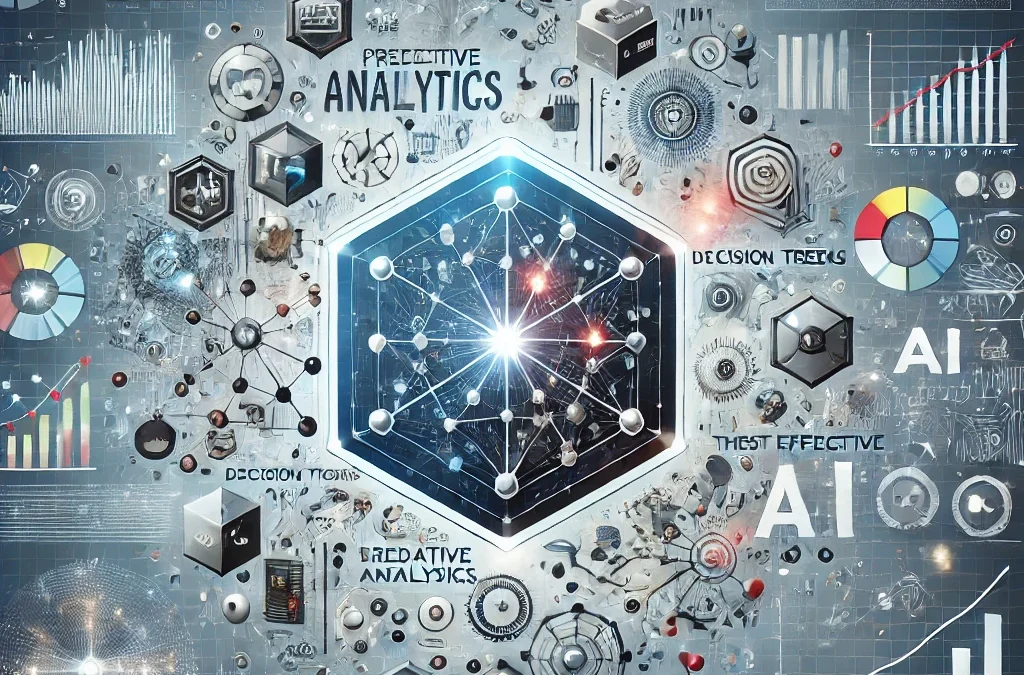In today’s data-driven world, predictive analytics has become a cornerstone for businesses aiming to anticipate trends, optimize operations, and make informed decisions. At the heart of this capability are AI algorithms that analyze historical data to predict future outcomes. Here’s a look at some of the most effective AI algorithms used in predictive analytics, explained in a way that connects with both experts and newcomers alike.
Understanding the Basics: Why Predictive Analytics Matters
Predictive analytics involves using data, statistical algorithms, and machine learning techniques to identify the likelihood of future outcomes based on historical data. It’s like having a crystal ball, but one grounded in data and statistics, offering insights that can transform business strategies.
1. Linear Regression: The Starting Point
Linear regression is one of the simplest and most widely used algorithms in predictive analytics. It helps in understanding the relationship between dependent and independent variables. For example, a business might use linear regression to predict sales based on advertising spend. It’s straightforward but powerful, providing a baseline for more complex models.
2. Decision Trees: Navigating Through Choices
Decision trees are like flowcharts that guide you through a series of decisions, leading to a prediction. They are intuitive and easy to understand, making them popular for classification and regression tasks. Businesses often use decision trees to segment customers, forecast sales, or even predict customer churn.
3. Random Forest: The Power of Ensemble Learning
Building on decision trees, random forests use multiple trees to improve accuracy. By aggregating the results of various decision trees, this algorithm reduces the risk of overfitting and provides more robust predictions. It’s particularly useful in scenarios with large datasets and numerous input variables.
4. Neural Networks: Mimicking the Human Brain
Neural networks, inspired by the human brain, consist of interconnected nodes or “neurons.” They are adept at handling complex patterns and nonlinear relationships in data, making them ideal for tasks like image and speech recognition, as well as financial forecasting. While powerful, neural networks require significant computational resources and expertise to implement effectively.
5. Support Vector Machines: Finding the Optimal Boundaries
Support Vector Machines (SVMs) are used for classification tasks by finding the best boundary that separates different classes in the data. They are particularly effective in scenarios where there is a clear margin of separation between classes. SVMs are often used in text classification, image recognition, and bioinformatics.
Bringing It All Together: The Human Element
While these algorithms offer incredible capabilities, the human element remains crucial. Data scientists and business analysts must choose the right algorithm based on the specific problem, the nature of the data, and the business context. Moreover, interpreting the results accurately and making data-driven decisions require a deep understanding of both the technology and the business landscape.
Conclusion: The Future of Predictive Analytics
As AI and machine learning continue to evolve, so too will the algorithms that power predictive analytics. For businesses, staying ahead of the curve means not only adopting these advanced tools but also fostering a culture that embraces data-driven decision-making. The combination of cutting-edge technology and human insight is the key to unlocking the full potential of predictive analytics in shaping the future.


Recent Comments